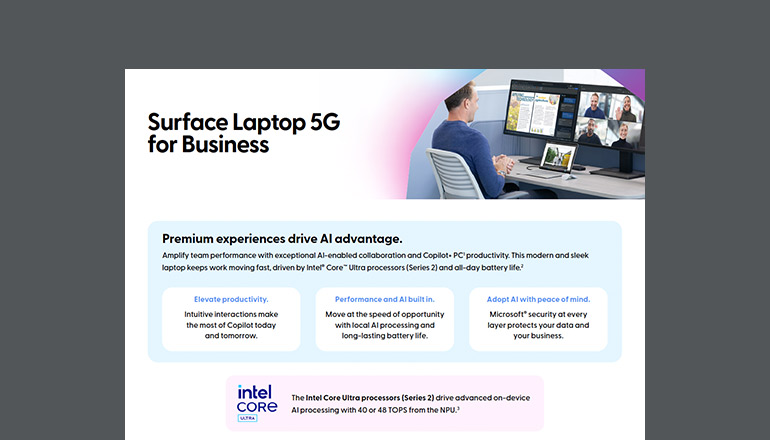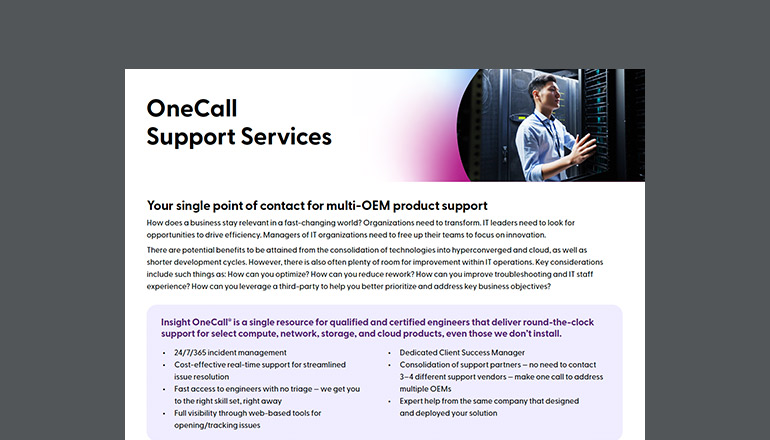Blog The 5 Best Practices for Incorporating UX Research Into Agile
By Juan Orlandini / 25 Feb 2023 / Topics: User Experience (UX) Agile

Let’s take a quick journey back to the 1970s for a moment — a time when products were largely defined by a focus on… well… the products themselves. Over the next 30+ years, that product focus evolved to include services, and this new approach provided a much more robust customer experience. Fast forward to the 2000s, when the proliferation of the internet and the introduction of mobile shifted our focus away from the product toward the customer. Today in our switched-on, always-present world, communication must be bidirectional, frequent and focused on fostering relationships.
The empathy gap
And yet there’s a growing disconnect between customer needs and the experiences being delivered, and it’s directly impacting customer loyalty and market share. Customers expect to interact with brands how and when they want. As a result, customer expectations are often evolving at a faster pace than brands can keep up.
Building a strong relationship with your customers is a proven way to close this gap. In the case of Agile product development, that means talking to your customers early and often.
In fact, 4 out of 5 companies say they are using Agile in some form today.1 Yet according to a survey by Maze in 2022, only 16% of them are conducting research during the development phase.2 So why is that? Why is so little research happening during development? Because the research and development processes are often at odds, and shoehorning UX research initiatives into an Agile process isn’t as easy as we would like it to be. Let’s take a closer look at why.
The most common reasons why UX research is cut from a sprint
1. There’s not enough time in the sprint for research.
Nothing slows down design and development projects as much as arguing over personal opinions or wasting effort solving the wrong problem. The truth is, working in a shared reality, based on actual evidence, makes for faster decisions.
2. It’s too expensive to do research.
History tells us that it's too expensive NOT to do research. The 1 – 10 – 30 rule can be applied here. This rule explains that if the cost of making a change in discovery is 1X, it would then cost 10X to make the same change in development and 30X more once it’s been released into production.3
3. We already know what our customers want.
Most people probably do not. Or maybe you do — if you are doing continuous research. But even if you are, you still need to know how and when they want it. Customer needs are constantly changing, and you can lose touch in a short amount of time. In fact, the number one reason products fail is that they don’t meet their customers' needs. Today’s consumers have a short attention span and lots of options to choose from.
So how can teams be both customer-centric and agile in today’s world? There’s no perfect model that applies universally to everyone. Here are some best practices and tips that can help your team be more successful:
The 5 best practices for incorporating UX research into Agile
1. Focus on outcomes over outputs.
Delivery is one of the main driving forces in Agile, and output is often the primary measure of delivery. Make sure you understand your own Agile process (and the people you rely on) first. Then make it your mission to help guide the focus of the team from the process itself to the outcomes. Be the voice of your customer.
How to make outcomes > outputs
- Create an empathy map for each person on your Scrum team.
- Plot the important moments of your sprint process on a journey map.
- Review the empathy and journey maps with your team to build a shared empathy.
- Use this opportunity to be the voice of your customer.
2. Adopt a continuous learning mindset.
The idea of “just enough research” (introduced by Jeff Patton back in 2008) focuses on continuous learning.4 I like to think of this as “research and development” over “research then development.”
Use a “just enough” research approach in a sprint to validate that the changes you are introducing to your customers achieve the sprint goal and do not introduce any new issues. In my experience, this usually involves some form of moderated or unmoderated usability testing — depending on time, resource availability and importance.
How to adopt a continuous learning mindset
- Evaluate the work in a sprint to determine what you need to learn.
- Decide how to capture the insights and give your team confidence.
- Pick the best method, tools, and timing that align with your process.
- Get the insights back to the team in a timely fashion.
3. Make it Epic.
At some point, you will inevitably find yourself with a research initiative in front of you that needs to span multiple sprints. This is a good example of when research and Agile don’t align perfectly out of the box. The initiative (and the work you need to do) doesn't have to fit into one sprint. And that's perfectly ok. Consider using a parallel-track approach for work that doesn't fit neatly into a single sprint. Work with your Scrum Master or project manager to chunk the work into smaller parts so that each chunk can be estimated, has a defined finished state, and rolls up to an Epic.
How to use Epics to make Agile research work
- Help the team understand that the research belongs in the backlog.
- Work with the team to create Epics and then chunk the work.
- Categorize the work for scheduling (strategic, tactical or validation).
- Be sure to clearly communicate progress at standups.
- Leverage retrospectives to go over wins and what to improve.
4. Use findings as fuel.
The Agile process is built on the shoulders of feedback, but if that feedback doesn’t make its way back into the process (or isn’t conveyed effectively), it’s useless.
It's just research theater — done to signal that research is happening but doesn't have a significant business impact.
Use feedback as leverage to make sure that the team not only hears from (and can empathize with) your customers, but also responds to their needs.
How to make feedback effective in Agile
- Highlight reels/clips: A great way to share compelling findings and moments of insight
- A “newsletter”: A sprint-based communication (video, Slack/Teams, or email) focusing on customer insights and research-related topics
- Research repository: Distributed access to insights — structured, atomized, and accessible for self-discovery
5. Leverage the power of tools.
It takes people, process and technology to improve the performance of something. We’ve already touched on people and process, so let’s turn our focus to how technology can help incorporate research into Agile.
How to use tools to help with research in Agile
- Design and prototyping: Tools that allow us to collaborate and share feedback across teams and all phases of the process
- User testing software:
- Recruiting/saved audiences (demographics and screeners)
- Templates and saved tests
- Clips/highlight reels
- AI and automation: Smart tags, transcription and path analysis
Summary
The struggle with incorporating research into Agile is age-old and pervasve. At the end of the day, it’s going to take time and hard work from you to make it work with your team, but as the research expert and the voice of your customer, it’s up to you to lead the charge.
In the long run, it will be worth it for you, your team and your customers. Leverage some of these best practices to get you started:
- Focus on outcomes over outputs.
- Adopt a continuous learning mindset.
- Make it Epic.
- Use findings as fuel.
- Leverage the power of tools
Achieve your digital transformation goals. Explore our capabilities to architect, implement, manage and secure innovative IT solutions.
Sources:
1 Digital.Ai. (2022). 16th State of Agile Report.
2 Maze. (2023). Continuous Research Report: Trends to Watch in 2023.
3 Testbytes. (2020, Feb. 19). What is a Software Bug? Cost of bug fix!
4 Patton, J. (2008, June 27). Twelve Emerging Best Practices for Adding UX Work to Agile Development.



